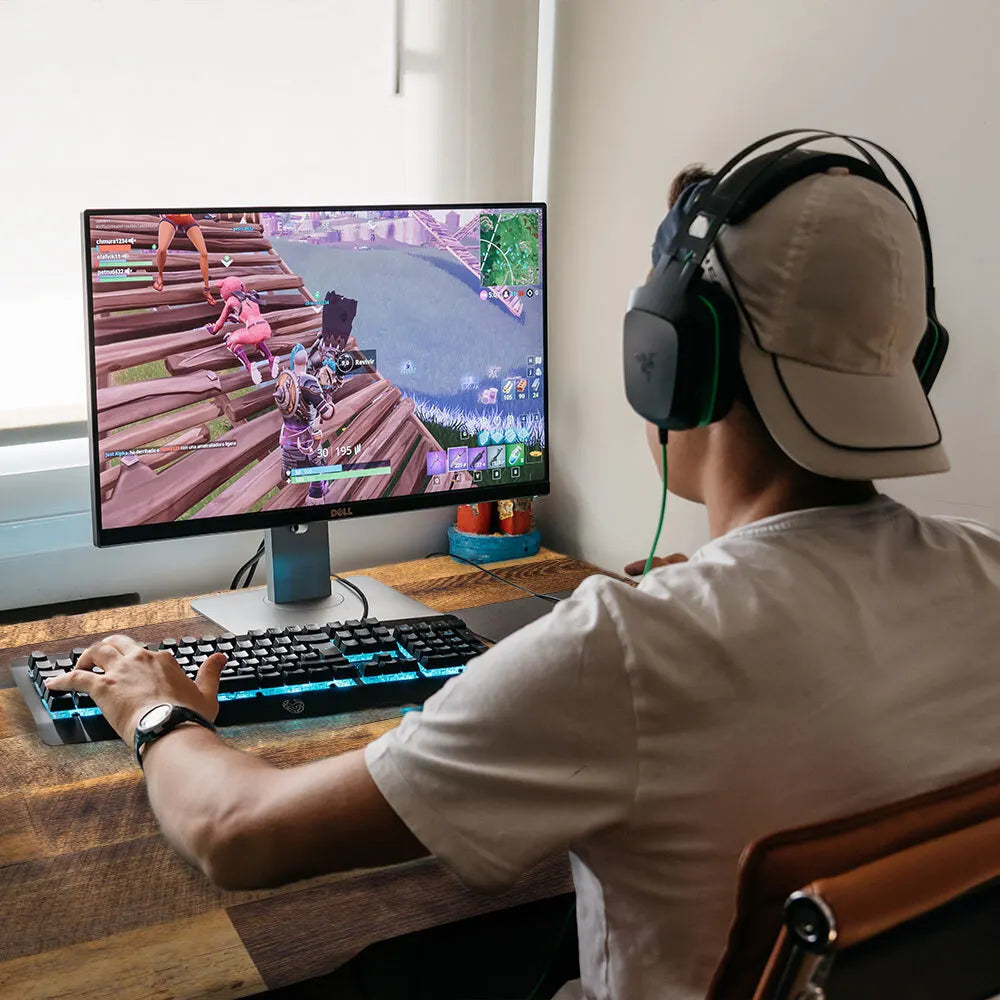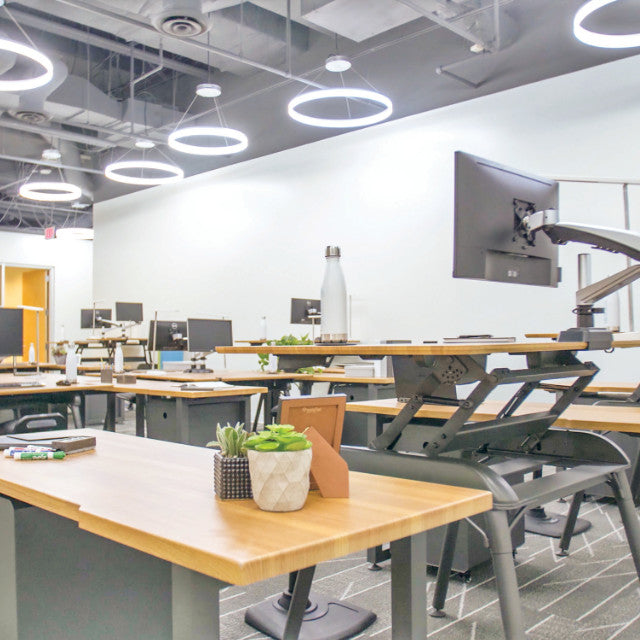Top 5 recommendations to prevent kids back pain
By Jana Zuidema (Bsc Physio)
Back pain in children is becoming an enormous problem as the nature of how children work and play changes:
• Sedentary lifestyles, i.e. watching TV and spending hours in front of computers.
• Poor postures, approximately 60% to 75% of children reporting back pain will have non-specific back pain. Their physical exam and X-rays will be normal. It is usually considered a muscle strain or from poor posture (2).
• Poor school backpack use, carrying their backpacks on one shoulder or carrying it in one hand puts uneven strain on their spines. Backpacks weighing more than 10% of the child’s body weight can also cause pain (3).
• Soft tissue injuries from sports.
• Pathology for e.g. herniated disk, spondylolysis, scoliosis, and Scheuermann's kyphosis (1).
• Kids with back pain will usually become adults with back pain, and it is vital to encourage good back care habits in young people.
How do we help prevent kids back pain?
1. Correct backpack use
Backpacks should always be worn on both shoulders in order to avoid uneven strain on the spinal column. Ideally using a school bag that has wheels which can be pulled along the ground is the best solution.
2. Manage a muscle strain
If your child’s back pain is due to a physical injury for e.g. from sport then the best way to manage a minor muscle strain initially (with the first 48 hours) is to ice the area for 10 minutes 3-4 times per day. Avoid the sport or activity that caused the strain for at least a week. After 36-48 hours gentle massage helps to relieve any spasm and tenderness caused by the strain, then gentle stretching of the area can be started about 5-7 days post the injury. Seek medical advice if you are unsure or if the pain persists after 7 days.
3. Include exercise in their daily routine
This can be achieved in kids by encouraging active play. Easy exercises to do at home to help improve core strength can be done by sitting on a gym ball and bouncing for 2 minutes at a time repeat this 5 times. Then get them to try and balance in sitting on the ball by lifting their feet slightly off the ground and hold this position for a minute or two. Improved core stability will reduce kids back pain. Swimming, walking and cycling are good non-weight bearing activities that are also good for relieving back pain associated with muscle spasms.
4. Limit television and computer time (i.e. sedentary time)
Long periods of sitting can also cause muscle fatigue. Encourage your child to take regular breaks when doing homework by having a walk (even if it’s just to the kitchen and back) or a stretch (standing up and stretching arms up to the sky and standing on tippy toes). This will ease the fatigued muscles.In summary, get kids more active. But when they do sit for long periods, as they inevitably will, then make sure they sit right. Seating Comfort and postural health will reduce back pain now and for their futures, and even assist in that new Xbox top score as better comfort equals better performance.
5. Correct sitting postures at their desks
This includes using appropriate furniture for your children when they are using computers or doing their homework. Start with a good chair and then adjust the chair height to the desk so that they can rest their forearms on the desk or on the armrests of the chair. Their elbows should be keyboard/homework book height and forearms parallel to the floor. Their feet should be supported, as most desks are built for adults chances are that the desk will be too high to allow their feet to rest on the floor. A footrest can work well or look for a chair that is designed specifically for a child with an adjustable foot ring attached. This ensures a good posture as opposed to their feet dangling in mid-air and thus causing strain on their backs. If your child is using a desktop computer, make sure they are sitting straight in front of the keyboard and screen. The ‘B’ of the keyboard should be in line with their belly button and the top of the screen should be eye level. Correct desk heights and size, correct seating and the correct workstation set-up will all encourage good sitting postures and concentration.
The GetOne Junior kids chair is the perfect solution for your child’s seating requirements. It provides the right support in the lower back with a patented lumbar support, thereby ensuring correct posture, comfort and concentration. The adjustable foot ring ensures that your child can keep their feet supported, which is essential for maintaining good posture. The adjustability allows the foot ring position to be changed as the child grows.
Our range of ergonomic office chairs are all designed by our founder, entrepreneurial physiotherapist Gary Arenson, and offer exceptional back support and comfort during long periods of seated work. All our chairs come with an industry-leading 30-Day Comfort Guarantee so if they don’t improve your work life, we’ll give you your money back.
Also see article: Optimal Workstation Setup
References:
1. Evaluation of Back Pain in Children and Adolescents, Bernstein and Cozen, Am Fam Physician 2007 Dec 1; 76(11):1669-1676
2. http://www.orthopediatrics.com
3. http://www.betterhealth.vic.gov.au/bhcv2/bhcarticl.
Be the first to know about new collections and exclusive offers.




